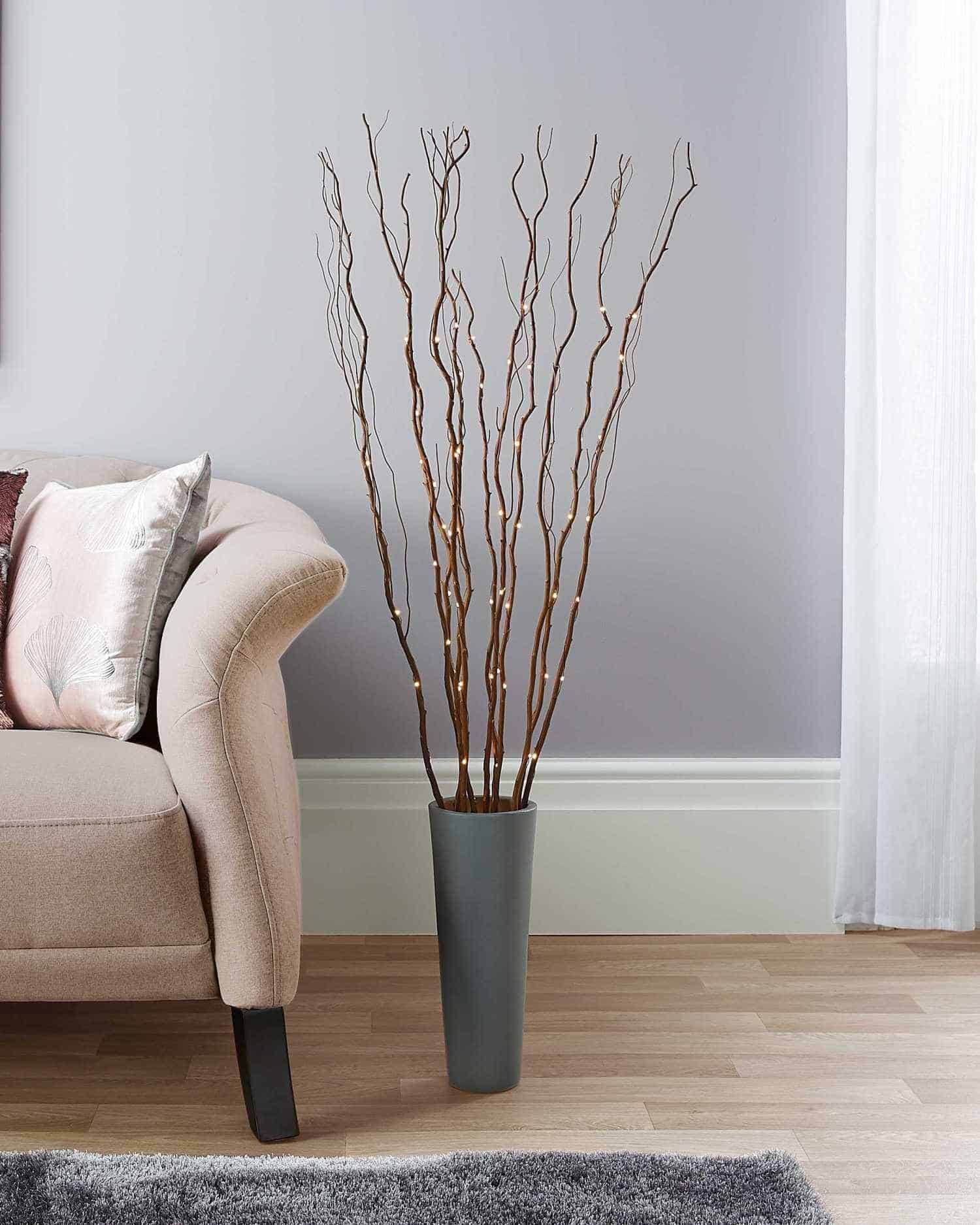Have you ever walked into a room and immediately felt good and at ease? Or inexplicably unsettled? It could be the clutter that made it hard to think or the lighting that felt oppressive. Regardless of the reasons, the reaction and what you feel are not random. And no, it’s not just in your head. Environments hold such quiet power to influence the way we think and feel.
The way we build our surroundings matters. A lot. And today, we’ll explore the many different elements that can help your interior space improve your behaviour and mood.

Interiors Shaping Our State of Mind
Studies have already been done and exist that explain the relation between our state of mind and the space we dwell in, how physical surroundings affect human behaviour.
Take, for example, spatial elements such as room size, ceiling height, and even the flow of a room. An open-plan layout will encourage interaction, while more enclosed spaces are proven to support focus and introspection.
There are also key concepts that influence our behaviour in a given space: territoriality, or our need to claim and personalise space; personal space, or the buffer zone around us; and wayfinding, or how we navigate and make sense of things around us. All these show how deeply our environment influences our comfort and clarity. Overlook these elements, and your place will become stressful and disorienting.
Let There Be Light
It is well-known that natural light can lift our mood, improve focus, and regulate sleep through its impact on our circadian rhythm. And if this is true, then no wonder that harsh and poorly timed artificial lighting can leave us feeling fatigued, irritable, and even disconnected from the natural world.
A workplace with ample natural light sees increased productivity. Healthcare patients with access to daylight have been shown to recover faster and require less pain medication. In education, classrooms with natural light lead to better student outcomes.
Of course, it’s not just light but also quality, direction, and temperature that matter. Choose warm, light hues for a cosy atmosphere and cooler tones for more focus and concentration. Layer lighting to tailor the space you need at any point of the day.

The Flow Factor: Why Layout Matters
Then comes space arrangement and the magical way everything in a room connects. The openness or division of different areas does have a profound effect on how we move and interact in our homes
Open plans encourage collaboration and social interactions, which naturally makes them ideal for modern offices. Closed plans, on the other hand, are perfect if you need more privacy and quiet time for yourself. They also foster a sense of safety, particularly important for introverted people who can be easily overstimulated.
However, of course, no layout is inherently better or worse. Let the purpose of the room and the people who live in it guide the plan design.
Finally, there’s also the theory of prospect and refuge, which designers often rely on to build the wonderful places they curate. The theory suggests that humans instinctively seek spaces where they can both observe (prospect) and feel protected (refuge). Good layouts honour this instinct, so we feel more grounded yet free.
Clutter, Cleanliness, and Cognitive Load
Have you ever considered that you may be stressed because of clutter? Yes, that is a totally possible scenario. If your space is filled with too many objects, mismatched furniture, general mess, and whatnot, it can overload your senses and hinder your ability to focus. Cluttered environments are now proven to elevate cortisol and increase mental fatigue. So, consider tidying up and decluttering.
Of course, the response to clutter can be subjective. While some people will find it stressful, others can thrive in an environment filled with meaningful objects, art, and layered textures. But still, cohesion and organisation should be achieved. When you order a place to your liking, you gain a sense of control and mental clarity, which in turn can help you manage your thoughts better.

More Than Looks: Texture and the Senses
Yes, design is about aesthetics, but our tactical experience of a space can be just as influential. That wonderful feel of a plush, rough underfoot, the grain of a wooden table and the coolness of a stone can all leave subtle emotional imprints.
Natural materials like wood, linen, clay, and stone evoke feelings of calm and grounding, especially welcomed in times of increasingly digital and artificial environments.
So consider investing in soft furnishings, textured wall art, and layered natural materials to build a place that caters to your sensory needs.
Personalisation and Identity in Design
How we decorate and arrange our spaces naturally reflects who we are and supports our sense of self. Personal touches of any kind can help us feel connected to our environment and enhance the feeling of autonomy, ownership, and comfort. And if you’re in rentals, dorm rooms, or open-plan offices, these elements can be very important to your motivation and well-being.
Feeling “at home” is more than location. It’s also recognition and a feeling of strong emotional security. In a space that reflects your identity, you’ll feel safe and unapologetically yourself.
Your Home, Your Mirror: Design as a Daily Influence
No, your home is not just a backdrop for your life. It’s an active participant in how you feel, think, and act daily. From the light streaming from the window to the arrangement of a chair, every detail holds the potential to support or hinder your happiness.
Understand the psychology of space, and you’ll be able to make more intentional design choices that lead to meaningful shifts in mood and mindset.
The more you consciously shape your space, the more it can support the kind of life you want to live.
Further reading –
How to personalise an outdoor space
